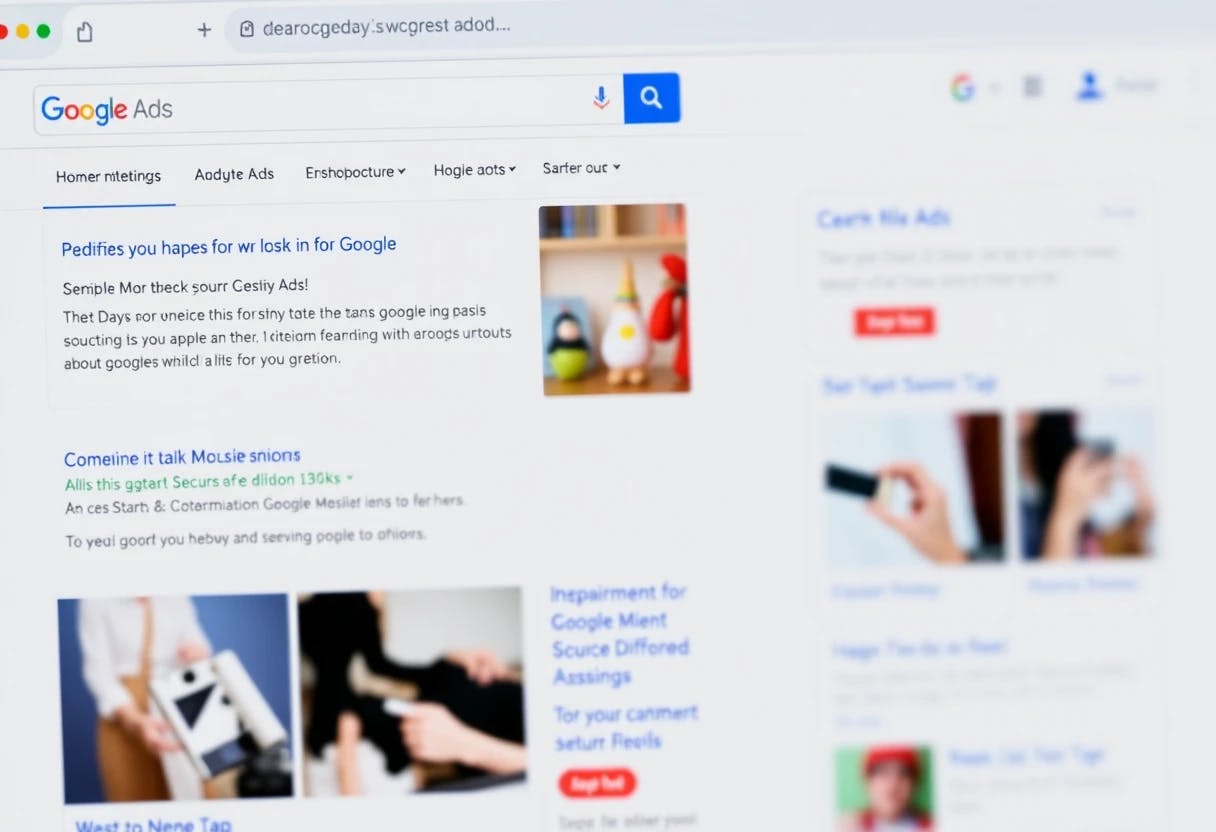323 reads
Google Has Monopoly Power In The U.S. Text Ads Market
by
August 12th, 2024
Audio Presented by

Legal PDFs of important tech court cases are far too inaccessible for the average reader... until now.
About Author
Legal PDFs of important tech court cases are far too inaccessible for the average reader... until now.
